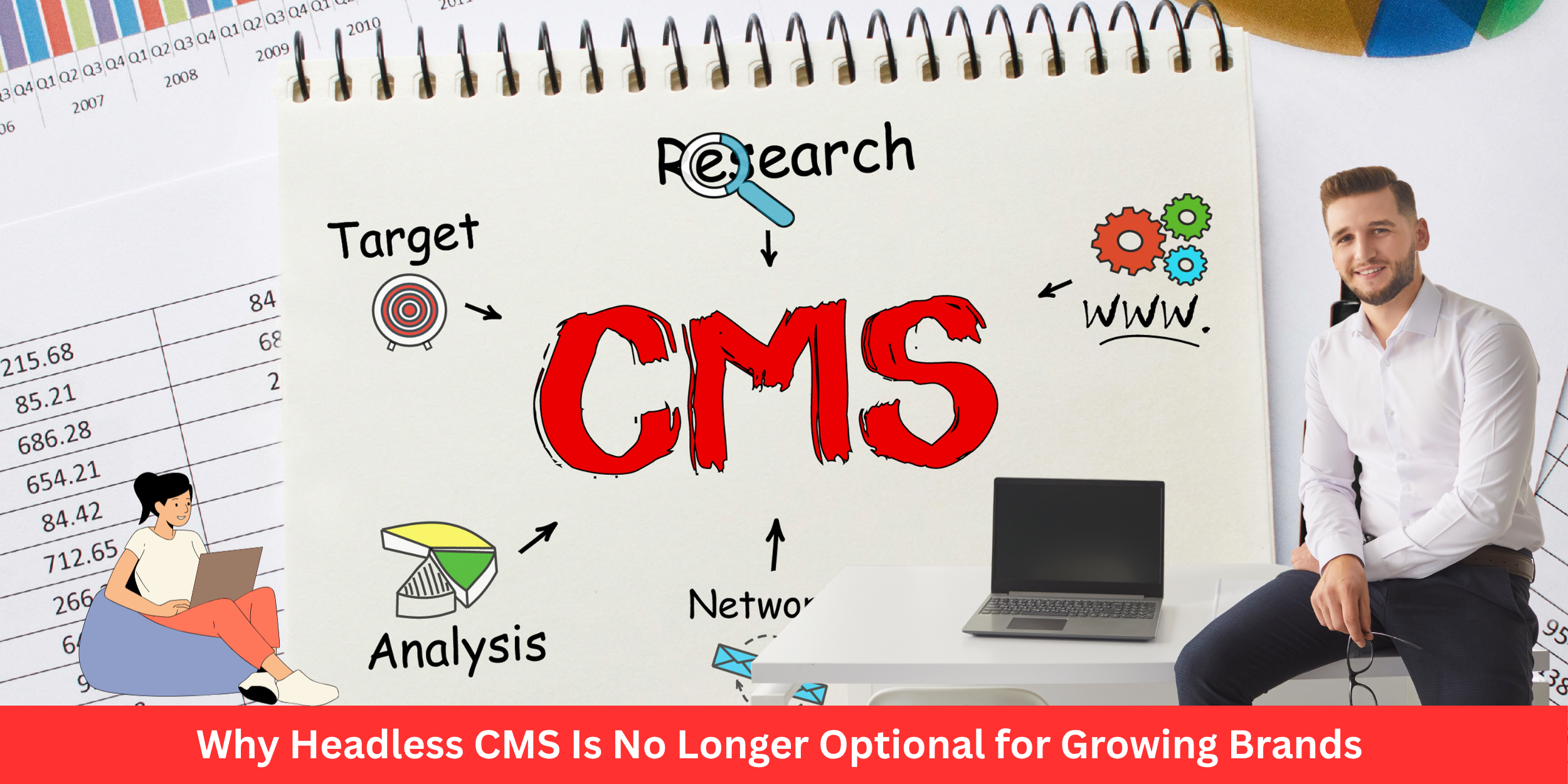
New Dilemma of Power
AI is no longer a lab experiment. It runs hospitals, trades billions in stock market, screens job candidates for most corporate firms, and decides who gets loans. We rely on it quietly, every minute.
But here’s the catch: the more AI takes charge, the less we understand why it acts the way it does.
When something goes wrong a biased decision, a wrongful denial, a crash the question isn’t just “what failed?” but “who’s responsible?”
That’s where AI governance, ethics, and explainability stop being buzzwords and start being survival tools for organizations deploying AI in production.
This isn’t about slowing innovation. It’s about keeping trust alive.
Why Governance and Ethics Are No Longer Optional
Every company loves talking about innovation. Few want to talk about responsibility.
But when an AI-powered hiring system rejects qualified candidates based on gender or when a predictive model wrongly flags people as security threats, the damage isn’t abstract. It’s reputational, legal, and deeply human.
Without AI governance, you have power without direction.
Without ethics, you have efficiency without conscience.
Without explainability, you have trust without proof.
Modern production systems don’t just process data they influence lives. That demands a shift from “move fast and break things” to “move smart and build things that last.”
Breaking Down the Core Concepts
AI: Systems designed to mimic human learning, reasoning, and decision-making using data.
Governance: The structure that ensures AI aligns with organizational goals, laws, and societal values. Think of it as the constitution for your algorithms.
Ethics: The moral compass guiding what your AI should do, not just what it can do.
Explainability: The ability to describe, in plain human terms, why an AI made a certain decision.
When AI goes into production, it stops being theoretical. Every choice, every line of code, every dataset affects real people.
When AI Lacks Governance
Consider this:
A facial recognition system used by law enforcement misidentifies a suspect. The algorithm’s accuracy was never tested across diverse skin tones. No one set accountability rules. No one asked who audits the AI.
The result? Innocent people are detained. The company behind it faces backlash. Public trust erodes.
That’s what happens when governance and ethics are treated as “nice to have” instead of “must have.” The problem isn’t just faulty math it’s a broken chain of responsibility.
AI failures don’t just break code; they break confidence.
The Six Pillars of Responsible AI
If you want to run AI in production, you need principles baked in from day one. These aren’t abstract ideals they’re operational guardrails.
Fairness and Non-Discrimination
Train on diverse data. Audit for bias. If your AI consistently favors one group, it’s not intelligent—it’s flawed.
Transparency and Explainability
You can’t fix what you can’t see. Make your models interpretable enough for internal teams and regulators to understand.
Accountability and Oversight
Someone must own every decision the system makes. Governance frameworks define who answers when AI misfires.
Privacy and Data Protection
Just because you can collect data doesn’t mean you should. Respect consent and data minimization.
Security and Resilience
Protect against adversarial attacks. Ethical AI includes technical robustness.
Sustainability and Continuous Monitoring
Models drift. Environments change. Monitoring your AI is as vital as training it.
These pillars turn compliance into culture.
Explainability: The Human Bridge
Here’s a truth many engineers dislike: a perfect model that nobody understands is a failed model.
Explainable AI (XAI) is about giving humans a window into the machine’s reasoning. It doesn’t mean every decision will be fully transparent some deep learning layers are inherently opaque but it does mean every decision should be traceable and justifiable.
For example, in healthcare, doctors must understand why an AI flagged a patient as high risk. “Because the algorithm said so” isn’t an explanation it’s an abdication.
Explainability builds the bridge between mathematical certainty and moral responsibility.
Bringing Governance into Production Systems
Governance isn’t paperwork. It’s architecture.
When you deploy AI in production, governance needs to live inside your pipelines, not sit in a PDF.
Design phase: Define values and risk thresholds before a single model is trained.
Development phase: Use bias detection and explainability tools (like SHAP, LIME, or Integrated Gradients).
Deployment phase: Set human-in-the-loop checkpoints for high-impact decisions.
Monitoring phase: Continuously log predictions, outcomes, and anomalies.
Retirement phase: Sunset models that no longer meet ethical or technical standards.
Frameworks like ISO 42001, OECD AI Principles, and UNESCO’s Recommendation on the Ethics of AI give a foundation, but culture is what makes them real.
The goal isn’t to regulate creativity it’s to ensure your innovation doesn’t harm the people it’s meant to help.
The Trade-Offs We Can’t Ignore
Every ethical decision involves friction.
Performance vs Explainability: Deep neural networks are powerful but opaque. Simpler models are easier to explain but sometimes less accurate.
Privacy vs Transparency: Too much openness about data or model internals can create security risks.
Speed vs Governance: Strong oversight slows deployment but prevents disasters later.
Responsible leaders accept that tension isn’t a problem it’s a sign they’re paying attention.
Ethics isn’t about perfection. It’s about awareness and accountability.
The Real-World Cost of Getting It Wrong
When an AI system denies someone a mortgage or healthcare coverage unjustly, it doesn’t matter if the algorithm was 95% accurate. For that one person, it’s 100% unfair.
In 2023, a major tech firm faced lawsuits after its recruiting AI showed bias against women for engineering roles. The company didn’t set ethical review processes or fairness audits before deployment. By the time the issue surfaced, the damage was irreversible.
Governance could have caught it early. Ethics could have prevented it entirely.
That’s the difference between a system that performs and one that deserves to exist.
Building a Governance Playbook
If you’re serious about running AI responsibly in production, start small but deliberate.
Audit what you have
List all active AI systems. Identify which ones affect people directly hiring, credit, security, healthcare.
Define your values
What principles do you stand by? Fairness? Privacy? Accountability? Write them down. Let them guide your build process.
Create an AI Ethics Board
Include engineers, lawyers, ethicists, and end-users. Diverse perspectives catch what single minds miss.
Adopt Explainability Tools
Integrate model interpretability into your pipelines. Make it part of CI/CD, not a post-hoc fix.
Monitor Continuously
AI doesn’t age gracefully. Watch for drift, bias, and unintended outcomes. Treat monitoring like maintenance.
Educate Everyone
Train employees on ethical risks. Governance only works if everyone speaks the same moral language.
Governance isn’t a checklist it’s a culture of care.
Emotion in the Equation
The conversation around AI ethics often feels cold, wrapped in compliance language. But the truth is, AI decisions are human decisions once removed.
Every data point represents a person’s story. Every model prediction touches someone’s life.
When we talk about fairness, we’re talking about dignity.
When we talk about transparency, we’re talking about trust.
When we talk about accountability, we’re talking about courage.
Technology may automate tasks, but morality doesn’t scale. It must be practiced.
FAQ: Common Questions on AI Governance and Ethics
Q1. What is AI governance?
A framework ensuring that AI systems are designed, deployed, and managed in line with laws, ethics, and organizational values.
Q2. Why does explainability matter?
Because users and regulators need to understand how and why an AI made a decision especially when lives or livelihoods are affected.
Q3. Who is responsible when AI fails?
Always the organization. Accountability can’t be delegated to algorithms.
Q4. Can ethics slow down innovation?
It might slow reckless speed, but it enables sustainable innovation the kind that lasts without public backlash.
Q5. How do you make AI explainable?
By using interpretability tools, visualizations, and simplified surrogate models that reveal which inputs drove predictions.
Q6. What are the risks of poor AI governance?
Bias, discrimination, data breaches, reputational damage, and regulatory penalties.
Q7. Do we need laws for AI ethics?
Yes—but laws set the floor. True ethics come from within organizations that care beyond compliance.
Q8. How can small companies implement governance?
Start with clear documentation, transparent data practices, and open communication. Ethics scales from intention, not size.
The Future of AI
The story of AI isn’t just about intelligence it’s about integrity.
If we get governance and ethics right, AI can amplify what’s best in us: creativity, efficiency, empathy.
If we get it wrong, it amplifies our worst biases and indifference at industrial scale.
So, before pushing another model into production, pause.
Ask: Would I be proud if this system made a decision about me?
That single question is the start of ethical governance.
AI may be synthetic, but its consequences are deeply human.




